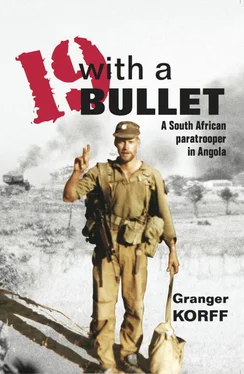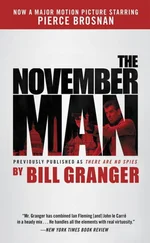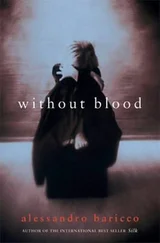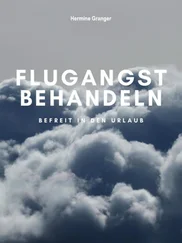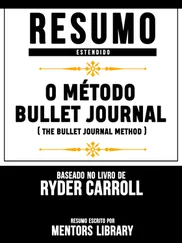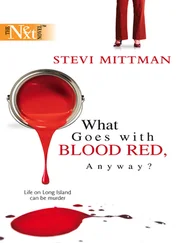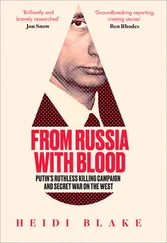It was the first time that we had seen a proper operational paratrooper company who had been doing the real thing—fighting in Angola—and not just running around the base camp singing and shitting off.
The following morning there was a parade with everybody present, where the battalion commander, Archie Moore, warmly welcomed the seniors home and congratulated them on a successful Operation Sceptic in Angola, and on one apparently particularly successful ambush . The seniors stood at ease in their faded uniforms, long hair and maroon berets at rakish angles on their heads. It was a breath of fresh air for me and a light at the end of the tunnel. The excitement that had faded in the face of all that cruel PT came back to me as I looked at them and I saw what we were was going to be. Fighting soldiers! After lengthy congratulations and a patriotic welcome home, Moore, beaming from ear to ear, waved the company off on a twoweek pass, like a happy father seeing off his favourite children.
The seniors came back to camp two weeks later, this time all sporting short, new, regulation haircuts. After a couple days of harassing us, making us drop for 50 push-ups and stealing our kit and cigarettes, they sat down and told us about Operation Septic . They had attacked a SWAPO base, code-named ‘Smokeshell’, deep in Angola. The base was difficult to hit, because it consisted of 13 smaller bases spread over an area of about three by 15 kilometres, surrounded by thick sand and dense bush with deep, well-concealed trenches and bunkers. They told us how 18 Mirage jets had attacked the base first at around 08:00, dropping like arrows from high in the sky and throwing 250-pound bombs to try and take out the anti-aircraft guns that were filling the sky with white cottonwool bursts of flak. After the Mirages had left there was apparently some sort of fuck-up and a two-hour delay before the paratroopers moved in with armoured troop-carrier support, fighting from trench to trench, but they had a hell of a time of it because the element of surprise was now lost and SWAPO was ready, angry and waiting. Some of the anti-aircraft guns hidden in the brush had been cranked down and were now firing at ground level, wreaking havoc. Early in the battle they took out two Ratel troop-carriers, killing 12 infantry troops inside the big armoured vehicles. The Bats also lost one man on the ground as they advanced through the initial defences; he was shot by a wounded terrorist lying under a bush he happened to be passing. SWAPO fought doggedly, holding their ground, and only after vicious trench-to-trench fighting that lasted the whole day did the fighting finally die down. Seventy-six SWAPO terrorists had been killed and 14 South Africans had lost their lives. It had been a high price to pay.
“It was fucking heavy,” said Richard Dawson.
I had known Richard since first grade, and had gone to Sunday school with him as a kid in my home town. He was sitting on the edge of my bed, his eyes burning with an emotion that I was yet to feel. His face was serious as he described the operation. Richard did not have a ‘senior-junior’ attitude like most of the others in the senior company; he had no trouble sitting in our bungalow and talking to us, and I knew he wasn’t bullshitting.
“We were crawling on our bellies with anti-aircraft guns shooting two metres over our heads, with branches falling on us. You can’t believe the sound of an anti-aircraft shell going a couple of feet over your head. You shit yourself.” He looked around, deadpan, at the rest of my platoon standing bunched around him, listening eagerly, trying to not miss a word.
“We shat ourselves when SWAPO took out the two Ratels. The fuckers killed 12 infantry… I thought we were going to get it right there. Then the Mirages came in again and they abandoned their guns. We had to flush out each bunker with machine-gun fire and white phosphorus grenades,” he said, shaking his head.
I spoke to an infantry troop later who was involved in the operation, and he told me how one second his section was advancing slowly through the scrub, and the next it was obliterated by 23-millimetre anti-aircraft fire. His section leader’s head was blown off and the guy next to him cut in half. He dropped everything and crawled away, bleeding from shrapnel wounds, and flagged down an armoured Ratel troop-carrier that stopped to pick him up; but then the Ratel too was taken out by the anti-aircraft guns. He was blinded in one eye but survived to tell the tale and drank a beer with me full of goose bumps as he told me his story. Oh, yes—he told me that he also had to do a cutaway on his first solo skydive as his main parachute had malfunctioned. He had a lot of bad luck.
The South African fighting group ended up spending a few more weeks in Angola when more bases were found from new intelligence gathered during sweeps of the area. These smaller bases were easier targets than the first and were quickly overrun by the South African fighting group, which got a lot of kills. A lot of these kills apparently came when SWAPO troops ran wildly into the Bats’ stopper groups hidden in the bush a mile or so behind the small bases. The Bats even wound up having a punch-up with the Angolan army, FAPLA, when they tried to intervene to help SWAPO and the South Africans killed about 90 of them. A South African Impala jet was shot down, as well as an Alouette gunship, killing the flight engineer. Overall, some 380 terrorists had been killed, with a total loss of 17 South African troops.
“That’s what it’s all about, broer !” exclaimed John Delaney after we came back from the full military funeral in Bloemfontein of the paratrooper who had been killed in Operation Sceptic . We had hurriedly practised the slow funeral march on the parade ground until late at night with legendary Parabat RSM ‘Sakkie’ roaring at us until we got it right, shooting our legs out stiffly in unison like a slow mini-goose-step.
“That’s what it takes to get SWAPO. Sometimes you lose men. It could happen to any one of us when we get up there—it could happen to you or me, my broer , but someone has to kill them, and it’s going to be us.”
“Hey—we’re always going to go in first, I can tell you that.” John stared at us with his blue John Travolta eyes as if he was shocked. He always looked as though he was startled and lost for words. “That’s why we’re here; trained to kill and wreak havoc,” he said, taking off his step-out trousers and putting on his shorts.
“They’re communists, and they want to take over South West Africa— the next step will be South Africa. Until they run into us, the Bats,” Hans laughed, emphasizing his point by pounding on his locker so hard with his fist that the doors fell off.
Because of my fucked-up feet I had waited a month and done the jump course with H Company, not my own D Company. I still had a week to go to finish the jump course. I had already made five jumps and had four to go before getting my wings and maroon beret like Hans, Johnny and the others. Perhaps after I got my wings I would also be full of piss and vinegar.
After my first jump I was surprised when they called my name out, giving me the highest score of the whole company. I sat on a high mock-up and the company clapped as the jump course commander praised my perfect exit and landing.
“Good exit, knees together, perfect drills and a good sideways-right landing,” said Kieser, the legendary jumpmaster and one of the small nucleus of men who had founded 1 Parachute Battalion back in the 1960s. I think they only noticed me because I was first in my stick and first one out the door of the C-130 at 1,000 feet.
The night jump was exciting; this time we jumped from an old DC-3 Dakota, which wallowed round the night sky like an old ship. We were cramped beside each other and were jumping with PWCs (personal weapons containers), substituted in this case by the 30-kilogram concrete ‘marble’ of ill repute that we’d had to carry and sweat with on the PT course. It would be wrapped in canvas and strapped to our sides, to be released on a four-metre rope when our parachutes deployed.
Читать дальше
